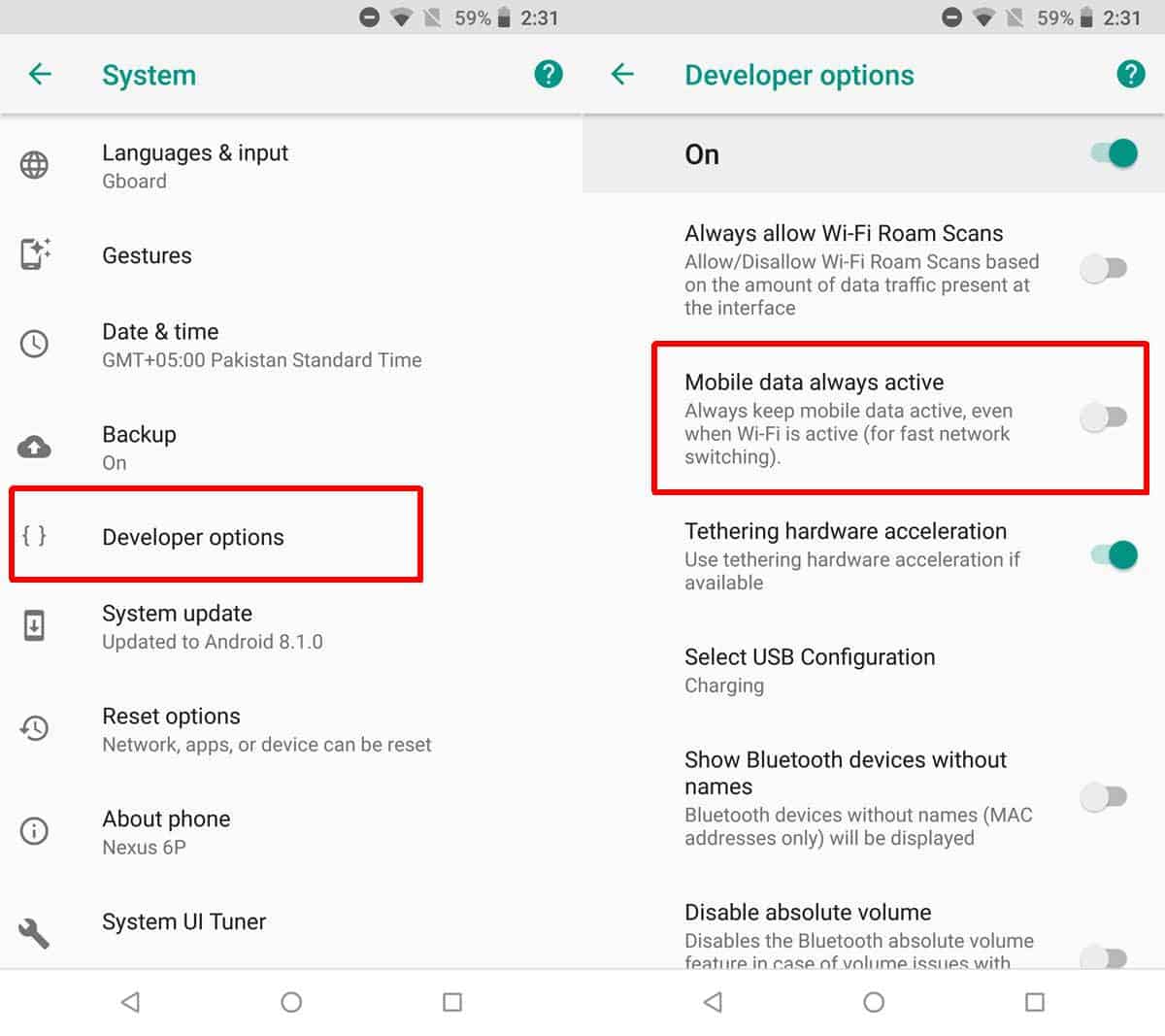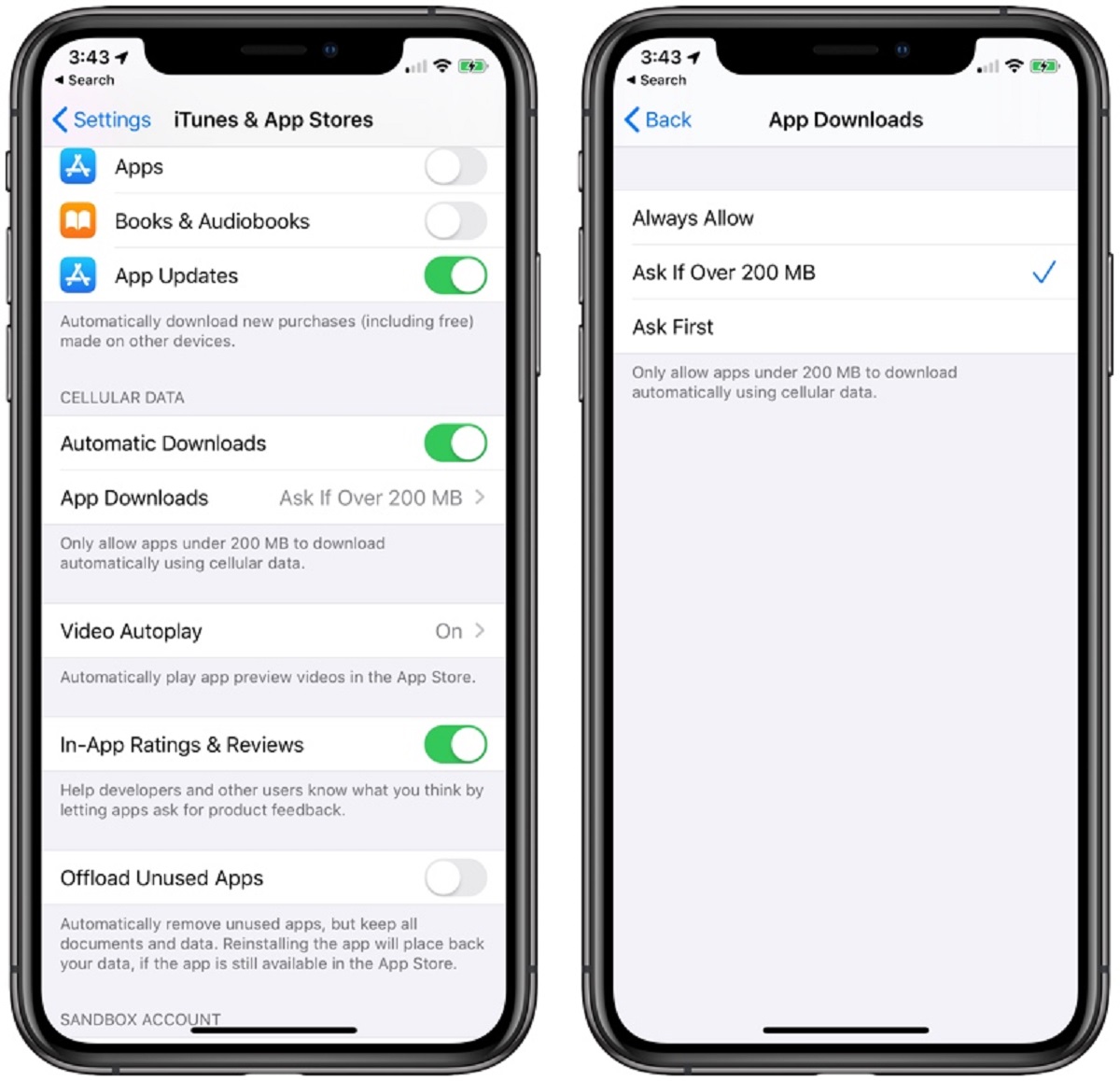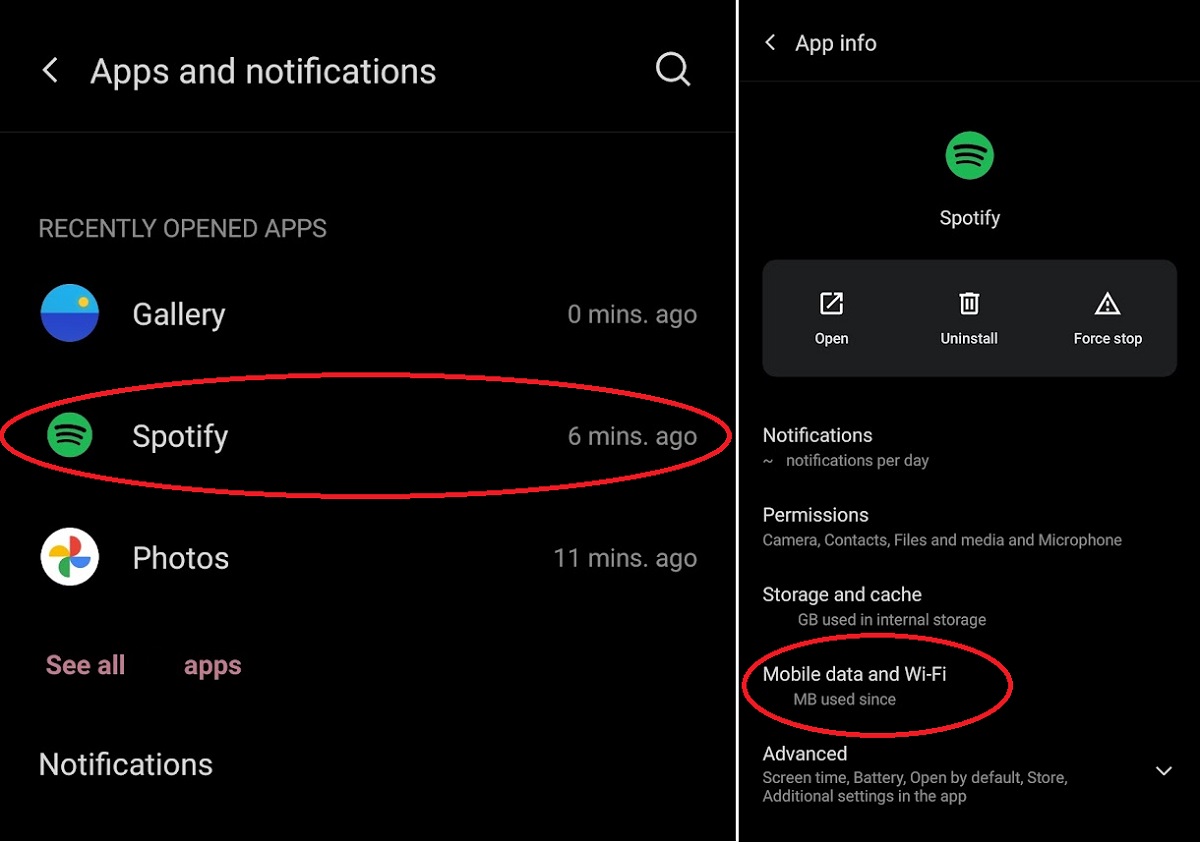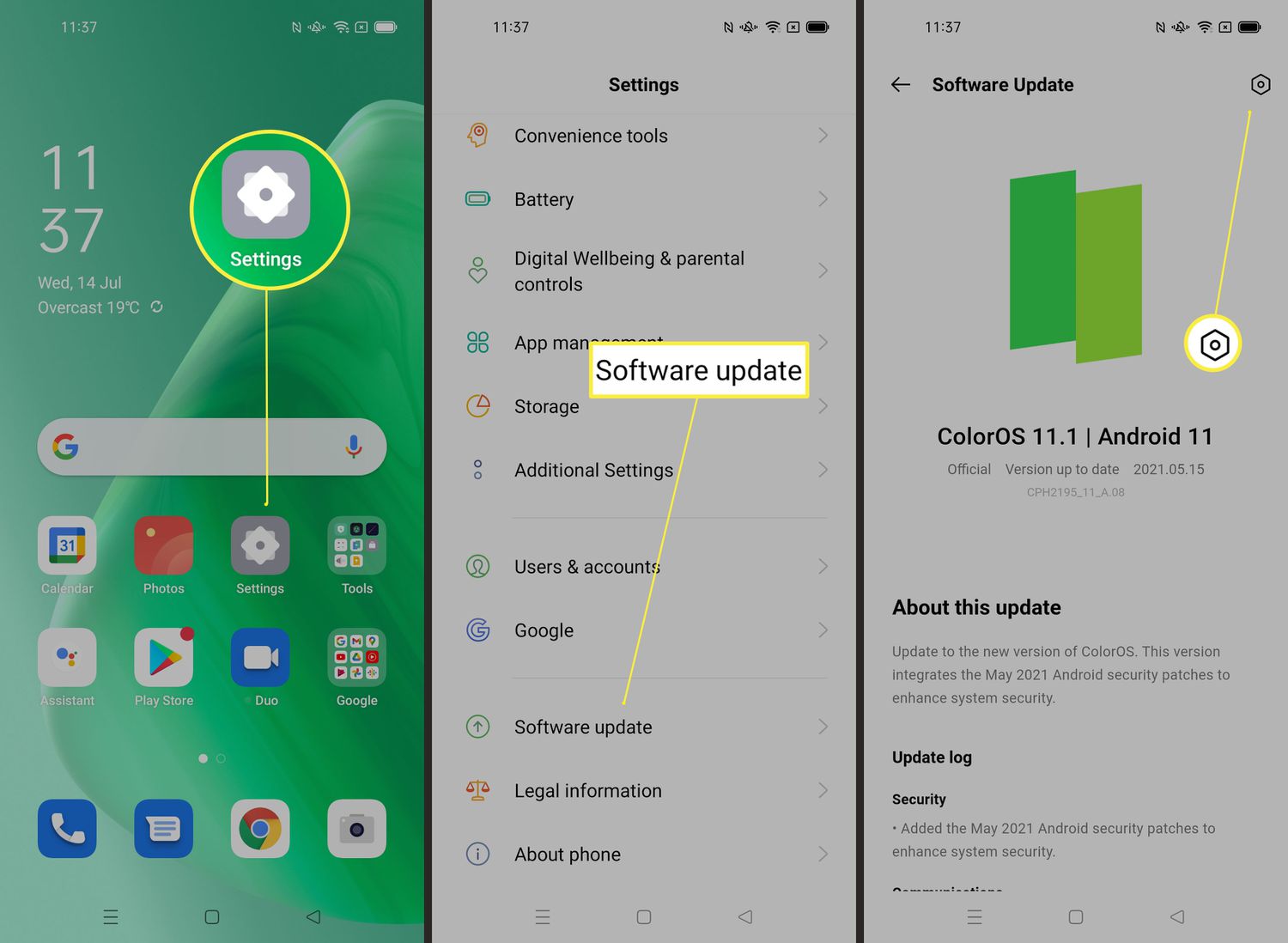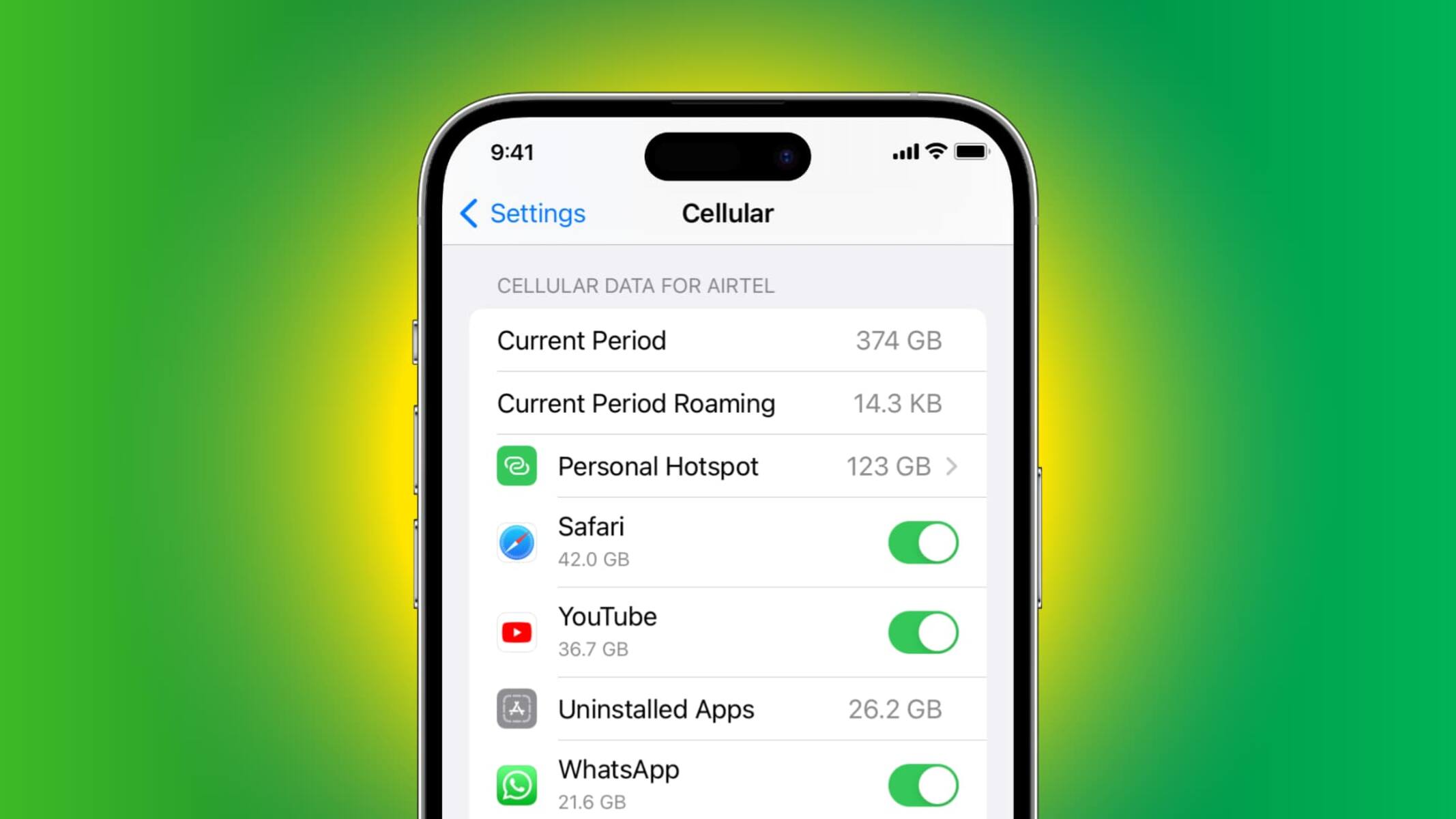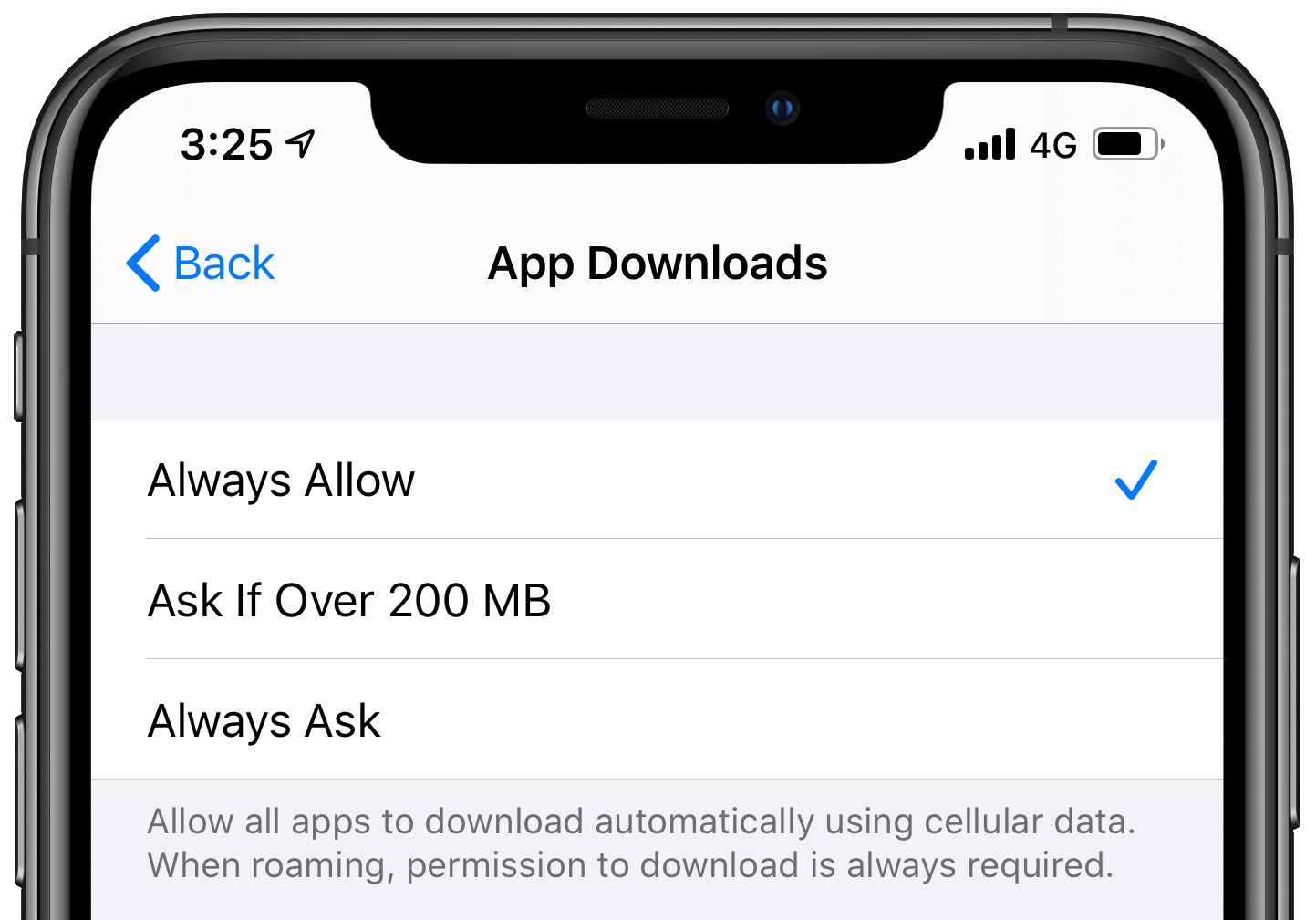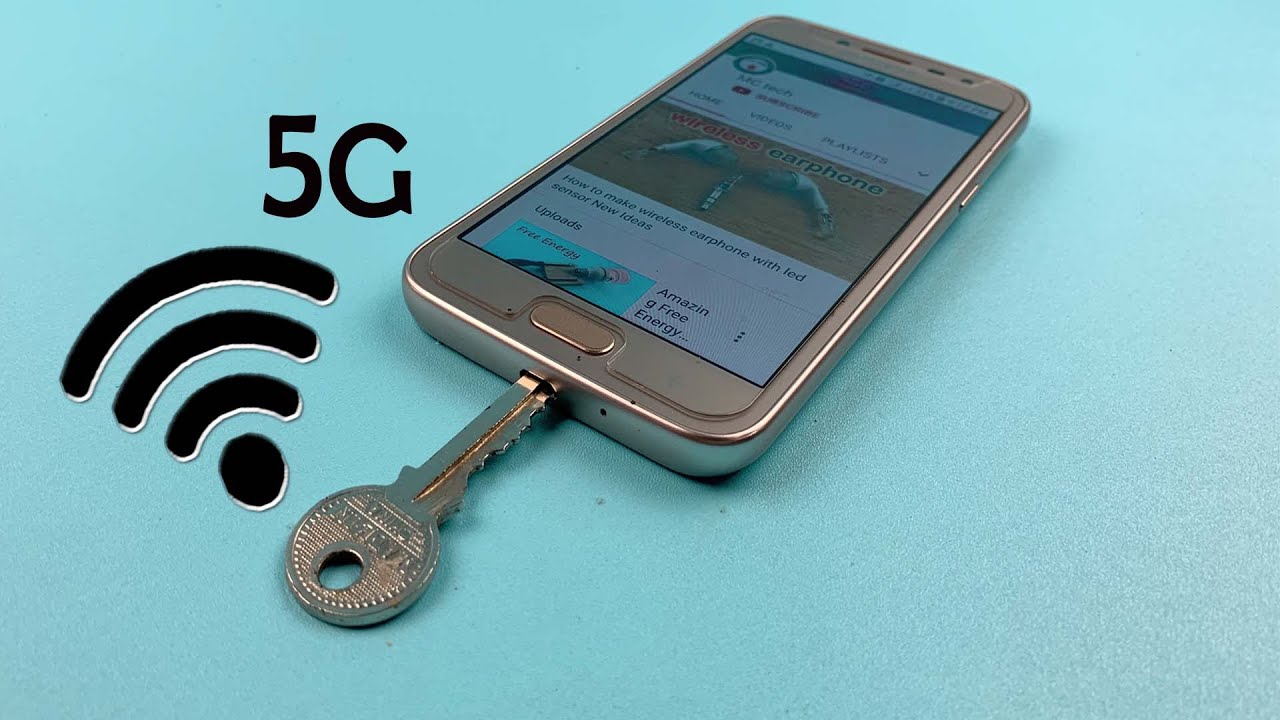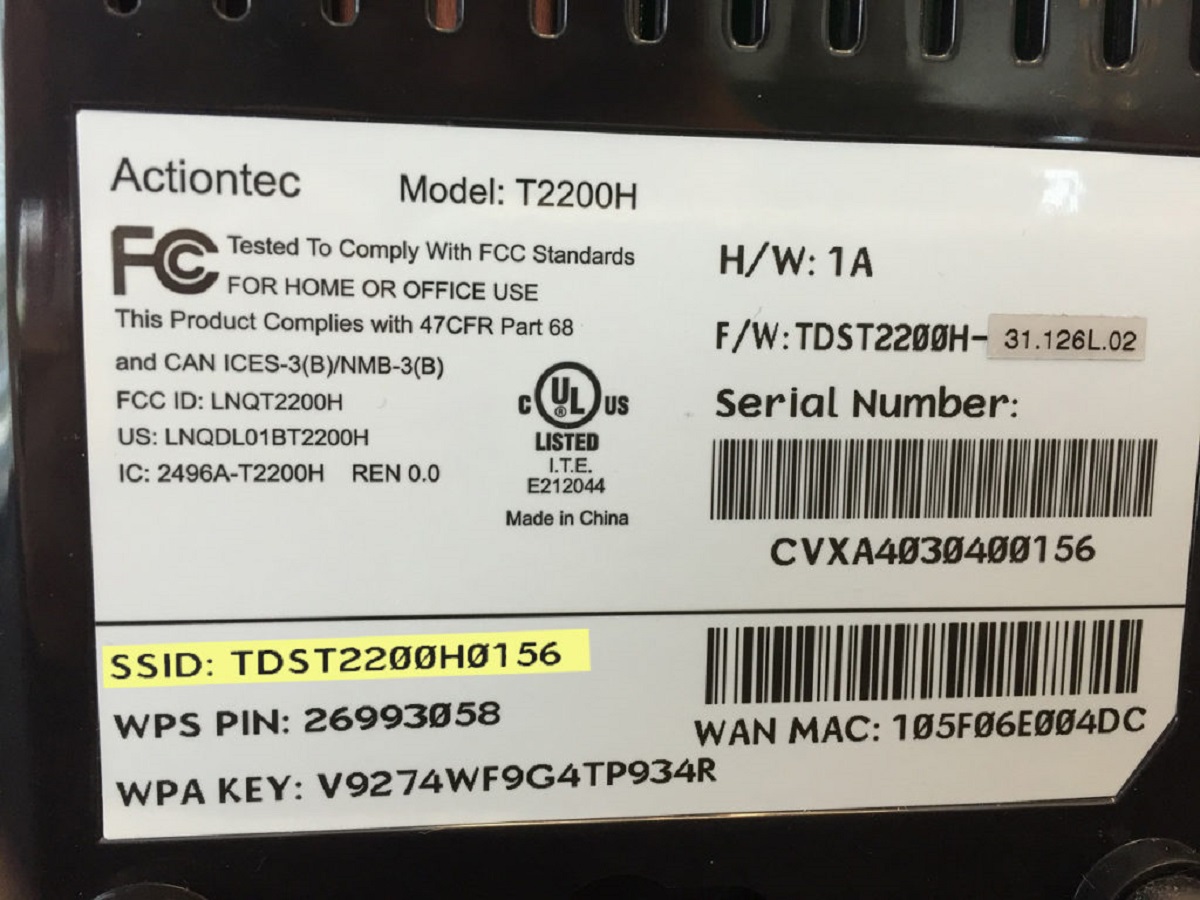Introduction
Welcome to this guide on how to change download settings from Wi-Fi to mobile data. In today’s fast-paced world, having the freedom to download files over mobile data can be incredibly convenient. Whether you’re on the go or don’t have access to a stable Wi-Fi connection, being able to switch your device’s download settings can save you time and effort. However, it’s important to note that using mobile data for downloads can consume your data plan, so please make sure you have sufficient data to avoid any additional charges.
In this article, we will walk you through the process of changing download settings from Wi-Fi to mobile data on various devices. We will cover the steps for Android, iOS, Windows 10, and macOS devices. Please choose the section that corresponds to your specific device to ensure accurate instructions.
It’s worth mentioning that the exact steps may vary slightly depending on the version of the operating system you’re using. However, the overall concepts and settings should remain relatively similar across devices. So, let’s dive into each method and start exploring how to change download settings from Wi-Fi to mobile data on your device!
Method 1: Android Devices
If you’re using an Android device, changing the download settings from Wi-Fi to mobile data is a straightforward process. Here’s a step-by-step guide:
- Open the Settings app on your Android device. You can usually find it in the app drawer or by swiping down from the top of the screen and selecting the gear icon.
- Scroll down and select “Network & internet.”
- Tap on “Data usage.”
- Look for an option called “Download over Wi-Fi only” or something similar. This option might be under a menu called “App data usage” or “Download settings.”
- Toggle off the “Download over Wi-Fi only” option. This will allow your device to download files using mobile data.
- You can also customize which apps are allowed to use mobile data for downloads. Some devices have a separate section called “Download manager” or “Data usage control” where you can manage this.
- Once you’ve made the necessary changes, exit the Settings app, and you’re all set! You can now download files over mobile data on your Android device.
Keep in mind that enabling downloads over mobile data may lead to increased data usage, so it’s essential to monitor your data usage regularly to avoid exceeding your plan’s limits and incurring additional charges. Also, note that the exact steps and options may vary slightly depending on your device’s manufacturer and version of Android.
Now that you know how to change the download settings on Android devices, let’s move on to the next method for iOS devices.
Method 2: iOS Devices
If you’re an iOS user, changing the download settings from Wi-Fi to mobile data can be done through the Settings app. Here is a step-by-step guide:
- Open the Settings app on your iOS device. You can find it on your home screen.
- Scroll down and tap on “Cellular” or “Mobile Data,” depending on your iOS version.
- Scroll down again and look for the section titled “Cellular Data.” This section allows you to manage data usage for individual apps.
- Scroll through the list of apps and locate the one you want to enable for mobile data downloads.
- Toggle on the switch next to the app you selected. This will enable the app to download files using mobile data.
- Repeat the previous step for any other apps you want to allow for mobile data downloads.
By following these simple steps, you can change the download settings for specific apps on your iOS device. It gives you the freedom to download files over mobile data whenever you need to, ensuring a seamless experience even without Wi-Fi.
Remember that enabling downloads over mobile data may result in increased data usage. It’s important to keep an eye on your data consumption to avoid any unexpected charges. Additionally, note that the exact steps and options may vary slightly depending on your iOS version.
Now that you’ve learned how to change the download settings on iOS devices, let’s proceed to the next method for Windows 10 devices.
Method 3: Windows 10 Devices
If you’re using a Windows 10 device, you can easily change the download settings from Wi-Fi to mobile data through the settings menu. Follow the steps below:
- Click on the “Start” button located in the bottom left corner of your screen, and then click on the “Settings” gear icon.
- In the Settings menu, click on “Network & Internet.”
- From the sidebar on the left, select “Data usage.”
- Under the “Data usage” section, you’ll find an option labeled “Metered connection.”
- Click on the toggle switch next to “Set as a metered connection” to turn it on. This will allow your Windows 10 device to use mobile data for downloads.
- Once you’ve enabled the “Metered connection” option, your device will download files over mobile data when Wi-Fi is not available.
By following these steps, you can easily change the download settings on your Windows 10 device to enable downloads over mobile data. Remember that downloads over mobile data may use up your data plan, so it’s essential to keep track of your usage.
Please note that the exact steps and options may vary slightly depending on your specific version of Windows 10. However, the overall process should be similar.
Now that you’re familiar with changing the download settings on Windows 10 devices, let’s move on to the next method for macOS devices.
Method 4: macOS Devices
If you’re using a macOS device, changing the download settings from Wi-Fi to mobile data is a bit different compared to other operating systems. Follow the steps below:
- Click on the Apple menu located in the top left corner of your screen and select “System Preferences.”
- In the System Preferences window, click on “Network.”
- From the list of network connections on the left side of the window, select your mobile data connection. This could be listed as “Cellular” or with the name of your service provider.
- Make sure the “On” checkbox is selected next to your mobile data connection.
- Click on the “Advanced” button in the lower right corner of the window.
- In the Advanced settings, click on the “Proxies” tab.
- Check the box next to “Auto Proxy Discovery” or “Automatic Proxy Configuration” (the exact wording may vary depending on your macOS version).
- Click “OK” to save the changes.
- Exit the System Preferences window.
By following these steps, you can configure your macOS device to use mobile data for downloads. This ensures that your device will switch to mobile data when there’s no Wi-Fi connection available.
Please note that the exact steps and options may vary slightly depending on your macOS version. In some cases, you might not find the option to configure proxy settings if it’s not applicable to your mobile data connection.
Now that you know how to change the download settings on macOS devices, you have the freedom to download files over mobile data whenever necessary.
Conclusion
Changing the download settings from Wi-Fi to mobile data can be incredibly useful in situations where you don’t have access to a stable Wi-Fi connection or when you’re on the go. We’ve covered the step-by-step instructions for changing these settings on Android, iOS, Windows 10, and macOS devices.
For Android devices, you can easily toggle off the “Download over Wi-Fi only” option in the Data usage settings. In iOS devices, you can enable specific apps for mobile data downloads in the Cellular settings. Windows 10 users can mark their connection as a metered connection in the Data usage settings. And for macOS devices, you need to configure your network connection settings in the Network preferences.
It’s important to note that enabling downloads over mobile data may increase your data usage. Therefore, it’s essential to monitor your data consumption to avoid exceeding your plan’s limits and incurring additional charges.
Remember to consider your data plan and make sure you have sufficient data available before changing your download settings. Additionally, keep in mind that the exact steps and options may vary slightly depending on the version of the operating system you’re using.
By following the methods outlined in this guide, you now have the knowledge to change the download settings on your specific device and enjoy the flexibility of downloading files over mobile data. Stay connected and productive wherever you are!







